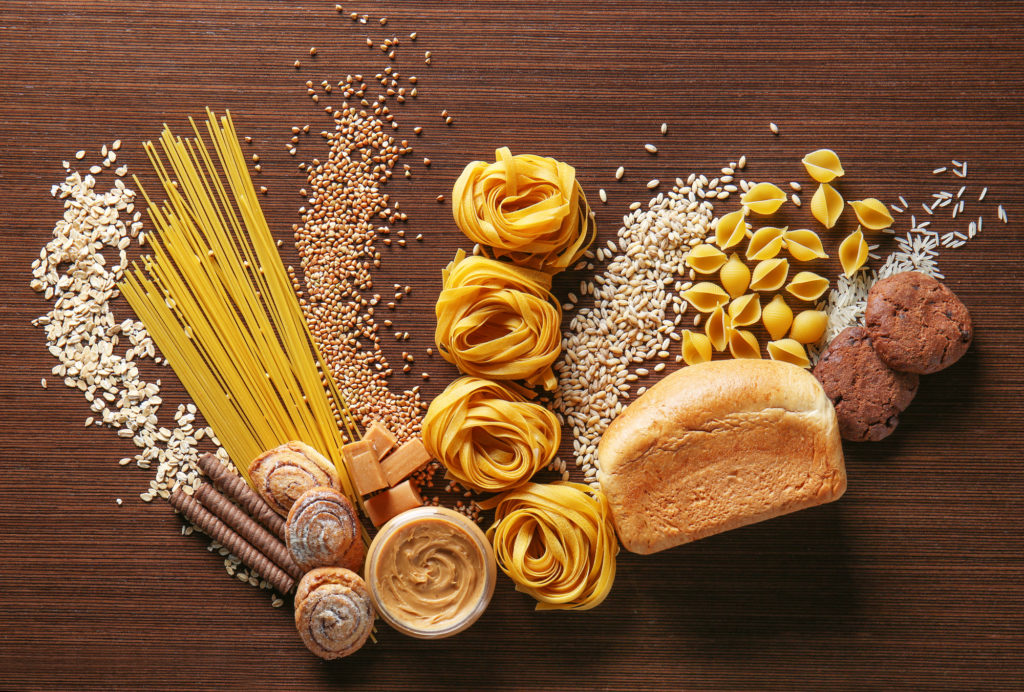Whether you’re newly diagnosed with diabetes or have lived with this diagnosis for years, carbohydrate counting can be a bit confusing or overwhelming at times. But, it doesn’t have to be as intimidating as it sounds. Before we go over the how, lets discuss the why.
Why has your health care provider asked you to “count carbs”? Your blood glucose is essential to controlling your diabetes. One way of keeping your blood glucose within safe levels is through counting the carbohydrates you take in. This is because that carbohydrate you are consuming will become glucose in the body. You may have heard someone refer to their “blood sugar” this is glucose. Most dietary glucose will come from carbohydrate sources, while a minimal amount will be provided through fat and protein.
To be successful in carbohydrate counting it is good to have a meal plan. Knowing what you are eating, and the portion sizes will increase your ability to accurately count the carbohydrates you are taking in. This may seem daunting, but as a person with diabetes, you do not necessarily need a special diet, you just need to be aware of the amount of carbohydrates you are eating. It is important to know what foods contain carbohydrates. Most people realize that starchy foods contain carbohydrates, but other foods do as well. Like fruits and sweets. Learning to reach the nutrition label is essential to knowing exactly how many carbohydrates you are consuming with each food/meal.
Your healthcare provider responsible for overseeing your diabetes treatment will work with you to determine how many carbohydrate grams you should be consuming per day. As a general rule having 45-60 grams per meal and 10-25 grams per snack is a safe range which will make your daily carbohydrate consumption between 135-230 grams per day. Speaking with your healthcare provider before making that determination is the safest course of action.
Pairing carbohydrates at meals and snacks will help your body process the carbohydrates better. Consuming at least half of your grains as whole grains will ensure that you are taking in a good amount of fiber, which will also aid in glucose control.
Resources
Carbohydrate counting does not have to be overwhelming. There are many resources available to help you work through this process.
-Choose Your Foods: Exchange Lists for Diabetes (ADA)
-Complete Guide to Carb Counting (ADA)
Over time you will see that counting carbohydrates will actually give you more freedom in your food choices. You will begin to learn the carbohydrate count in your favorite foods and serving sizes.
http://www.diabetes.org/food-and-fitness/food/what-can-i-eat/understanding- carbohydrates/carbohydrate-counting.html
Trista K. Best, MPH, LDN Licensed Dietitian Nutritionist


